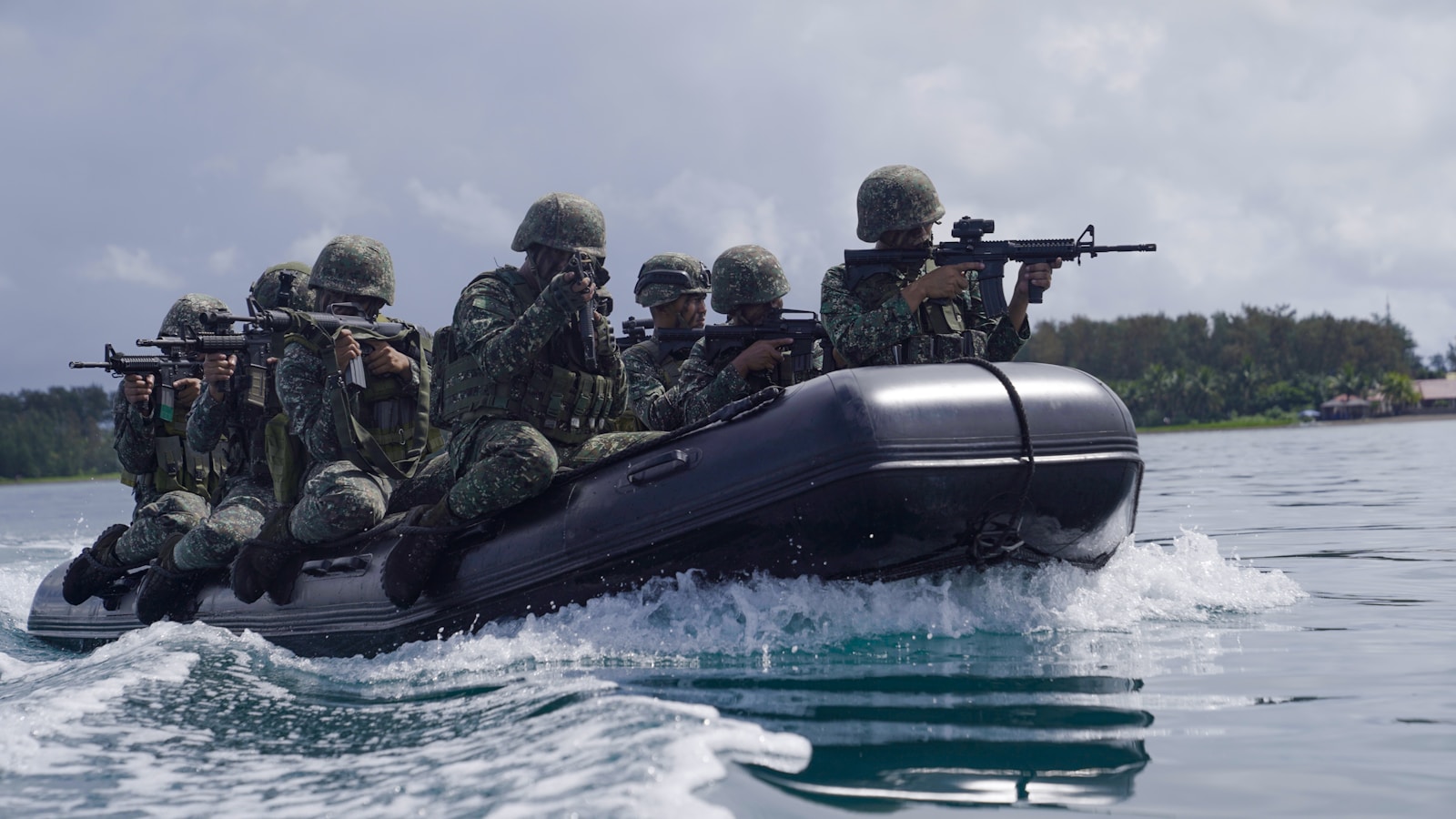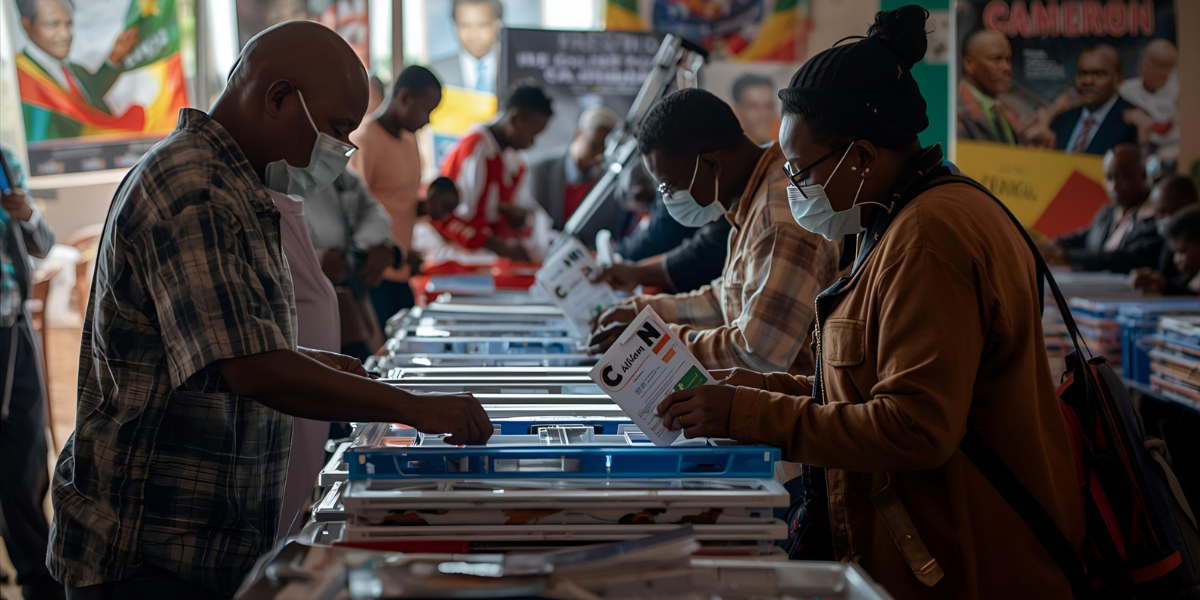philippines military 5 Strong Moves Shaping the Future
The Philippines is riding unruly waves in its quest to strengthen national defense. With rising regional tensions, Manila is investing in a bold modernization program for its armed forces. The philippines military is not only upgrading weapons and technology but also deepening alliances that will shape the balance of power in Asia for years to come.
1. Background: Rising Tensions in the Region
Regional security in Southeast Asia is increasingly defined by disputes in the South China Sea. For the Philippines, these challenges have highlighted the urgent need to enhance its defense capabilities. The philippines military has been forced to move beyond a traditionally underfunded system and take serious steps toward modernization. The goal is clear: protect sovereignty, defend maritime borders, and project stability in an unpredictable environment.
2. A Comprehensive Modernisation Plan
The Armed Forces of the Philippines (AFP) has launched a long-term modernization plan structured in phases. This initiative aims to replace outdated systems with modern platforms capable of addressing both conventional and hybrid threats. Key priorities include upgrading naval assets, boosting air defense, and enhancing cyber capabilities. The strategy reflects a recognition that security today requires not only manpower but also advanced technologies and intelligence-driven operations.
3. Key Acquisitions and Defence Technologies
In recent years, the philippines military has acquired multirole fighter jets, modern frigates, and advanced radar systems. These purchases are designed to close long-standing capability gaps and ensure the AFP can respond effectively to regional threats. New investments also extend into surveillance drones and coastal defense systems, vital for monitoring vast maritime zones. As modernization progresses, the focus is not only on hardware but also on training and doctrines to maximize operational readiness.
4. Strengthening the U.S.-Philippines Alliance
One of the strongest pillars of the philippines military modernization effort is its security alliance with the United States. Through joint exercises, training programs, and the Enhanced Defense Cooperation Agreement (EDCA), Manila benefits from access to U.S. technology and strategic expertise. This alliance also acts as a deterrent, sending a clear message to potential aggressors. According to Council on Foreign Relations, the partnership remains central to maintaining stability in the Indo-Pacific region.
5. Expanding Regional and Global Partnerships
Beyond the United States, the philippines military is cultivating ties with other partners such as Japan, Australia, and South Korea. These collaborations bring not only advanced equipment but also joint training that builds interoperability. Regional defense cooperation ensures that the Philippines is not isolated in its security challenges. Such partnerships are part of a wider strategy to embed the country in a network of allies capable of balancing regional power dynamics.
6. Internal Challenges and Budget Constraints
Despite ambitious plans, modernization comes with challenges. Budget limitations, bureaucratic inefficiencies, and corruption risks can slow progress. Moreover, the philippines military must balance resources between external defense and pressing internal security concerns, such as insurgencies and natural disaster response. For readers seeking practical insights on managing limited resources effectively, we recommend visiting our guide on strategic defense planning to understand how nations optimize their defense strategies under financial pressure.
7. Embracing Digital Transformation
The philippines military is also embracing a digital-first strategy to strengthen its operations. Investments in cybersecurity, satellite communications, and artificial intelligence are reshaping how the armed forces respond to threats. Digital systems allow for faster decision-making, real-time monitoring of territorial waters, and stronger coordination with allied forces. In an era where information warfare is as critical as conventional combat, these innovations provide the Philippines with a strategic edge.
8. Training and Professional Development
Hardware alone cannot secure a nation well-trained personnel are the backbone of modernization. The AFP has increased its focus on joint training exercises, simulation programs, and officer education abroad. These initiatives help create a professional force capable of maximizing the value of new technologies and strategies. By learning from allies with advanced militaries, the philippines military is building a culture of professionalism that enhances readiness and adaptability.
9. Long-Term Sustainability
A critical question for modernization is sustainability. Defense programs are often costly and politically sensitive, requiring consistent funding across different administrations. The philippines military is therefore designing modernization to be phased and adaptable, ensuring that progress is not lost due to budget shifts or political change. By balancing immediate defense needs with long-term planning, the country is working toward a future where its armed forces remain both capable and resilient.
10. Positive Impact on Regional Security
The modernization of the philippines military not only strengthens national defense but also contributes to broader regional stability. A capable and well-equipped armed force acts as a deterrent against potential aggressors and reassures neighboring countries. By combining upgraded technology, skilled personnel, and strategic alliances, the Philippines enhances its role in maintaining peace in Southeast Asia. For a detailed look at regional defense dynamics, see ISEAS–Yusof Ishak Institute analysis.
Conclusion
The philippines military modernization is a comprehensive effort that balances upgrading equipment, strengthening alliances, and enhancing operational readiness. While challenges such as budget limitations and internal security priorities remain, the long-term strategy is clear: build a capable, flexible, and sustainable armed force. To explore related strategies and best practices in defense planning, check out our internal guide on military modernization strategies, providing actionable insights for policymakers and defense enthusiasts alike.




